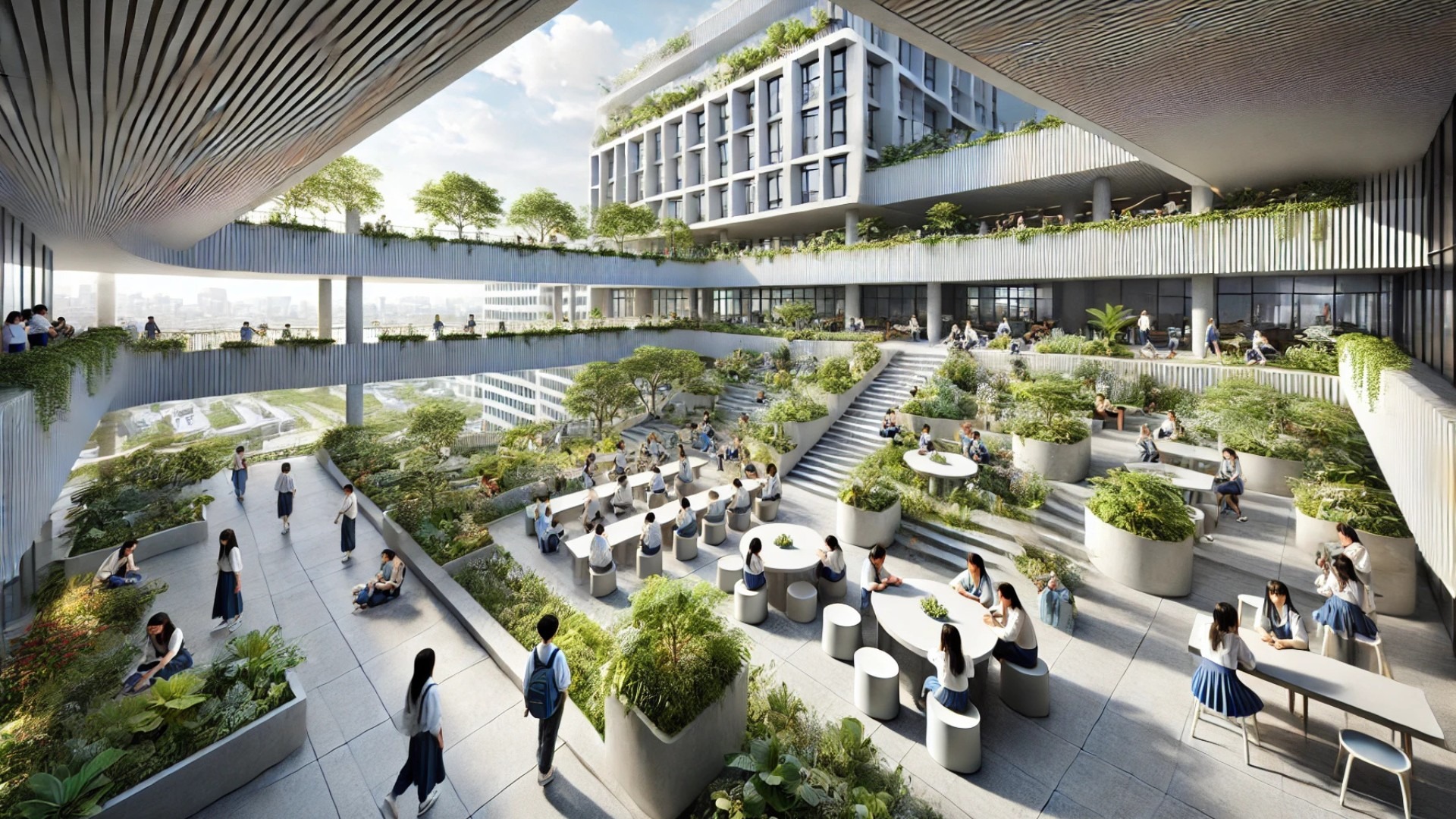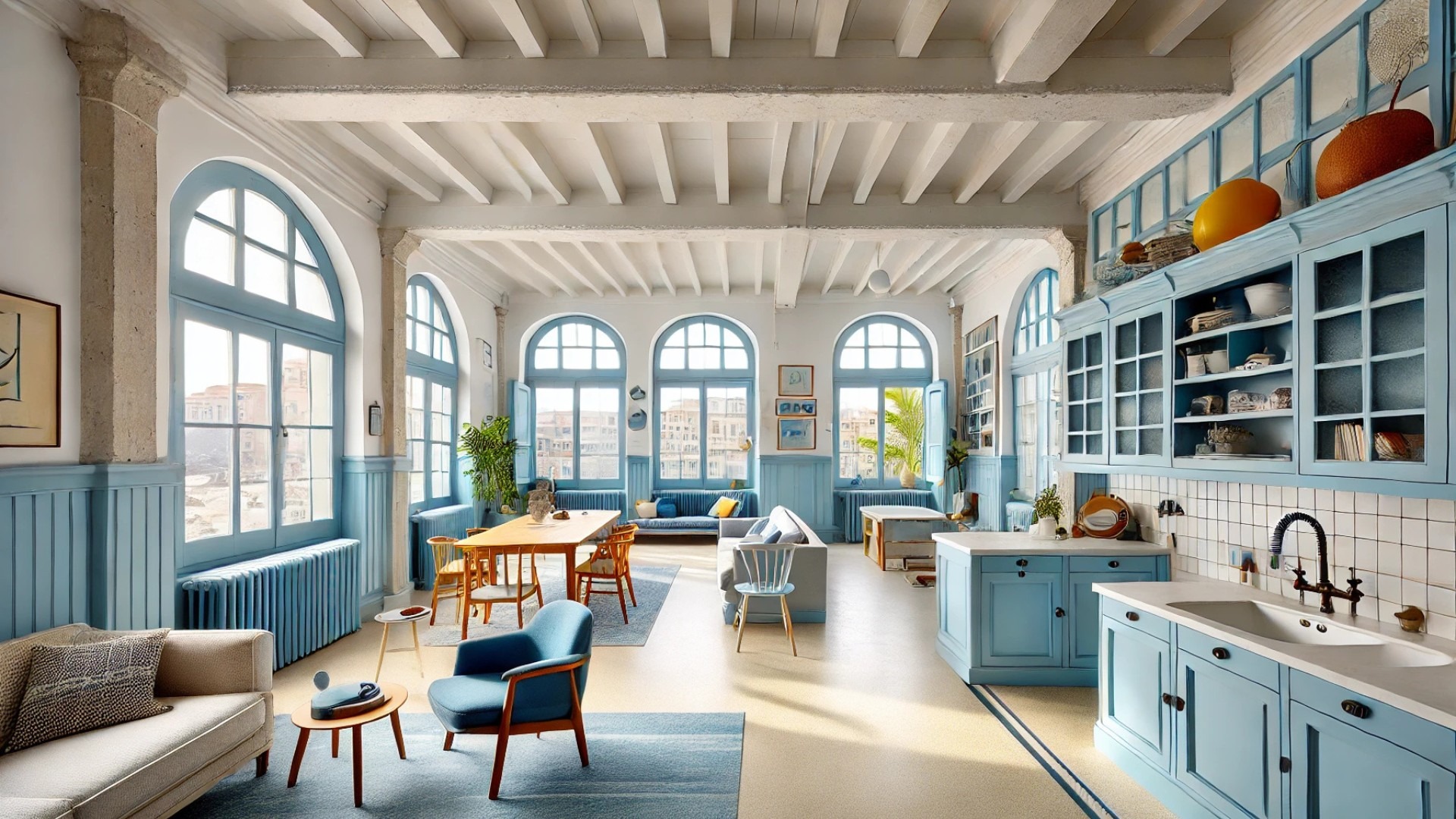
Rethinking School Design: The Quzhou No.6 Experimental School
The Quzhou No.6 Experimental School, masterfully crafted by LYCS Architecture, emerges as a beacon of innovative educational design. Situated in the burgeoning High-Speed Rail New Town of Quzhou, this expansive campus spans 67,500 square meters and serves both primary and middle school students. It represents a significant shift from traditional educational environments toward one that embraces flexibility, collaboration, and informal learning.
Embracing Nature: Pocket Parks Enhance the Learning Environment
One of the most engaging aspects of this design is the introduction of pocket parks integrated into the classroom layout. These small green spaces not only beautify the environment but also promote outdoor learning and interaction among students. Imagine students taking a break from their studies to engage in spontaneous discussions or group activities in these serene settings, cultivating a mix of learning experiences.
The 'Tree of Growth' Concept: Nature Meets Education
LYCS Architecture’s design draws on the metaphorical 'Tree of Growth', where each component of the school embodies different aspects of learning. The teaching spaces—akin to roots—are foundational to student development, while transitional spaces serve as trunks connecting students to innovative spaces above. This thoughtful layering fosters an atmosphere where learning transcends traditional classroom walls, inviting exploration and curiosity.
Innovative Circulation: A Dynamic Campus Street
At the heart of the campus circulatory system lies a 'campus street', a primary pathway winding through the property that interconnects various educational and community zones. This route not only supports daily movements between classes but also encourages spontaneous interactions, with pockets of engaging spaces nestled along the sides. Secondary paths further enhance the variety of experiences, leading students through sunken gardens and semi-enclosed courtyards that invite exploration.
A Harmonious Blend of Form and Function
The architectural composition of the Quzhou No.6 School is marked by a dialogue between solids and voids, color and form. The buildings feature distinct 'E'-shaped clusters, designed to harmonize with the school’s mission of fostering creativity. These clusters are strategically placed along the main street, allowing for seamless interaction between indoor learning spaces and outdoor environments, including 'sky pocket parks'. These elevated spaces provide casual settings for group discussions or quiet reflections, underlining the school’s commitment to holistic education.
Implications for Future Educational Architecture
The Quzhou No.6 Experimental School stands as a pioneering model for future educational institutions. By blending green spaces within its educational framework, this institution showcases how thoughtful design can significantly enhance student engagement and learning outcomes. As architecture continues to evolve, this structure serves as an inspiration, championing adaptability and the importance of integrating nature into learning environments.
As we look towards future educational spaces, the question remains: how will architects balance creativity, functional design, and the needs of ever-evolving educational paradigms? The legacy of Quzhou No.6 may very well shape the trajectory of school architecture moving forward.
 Add Row
Add Row  Add
Add 

 Add Row
Add Row  Add Element
Add Element 




Write A Comment